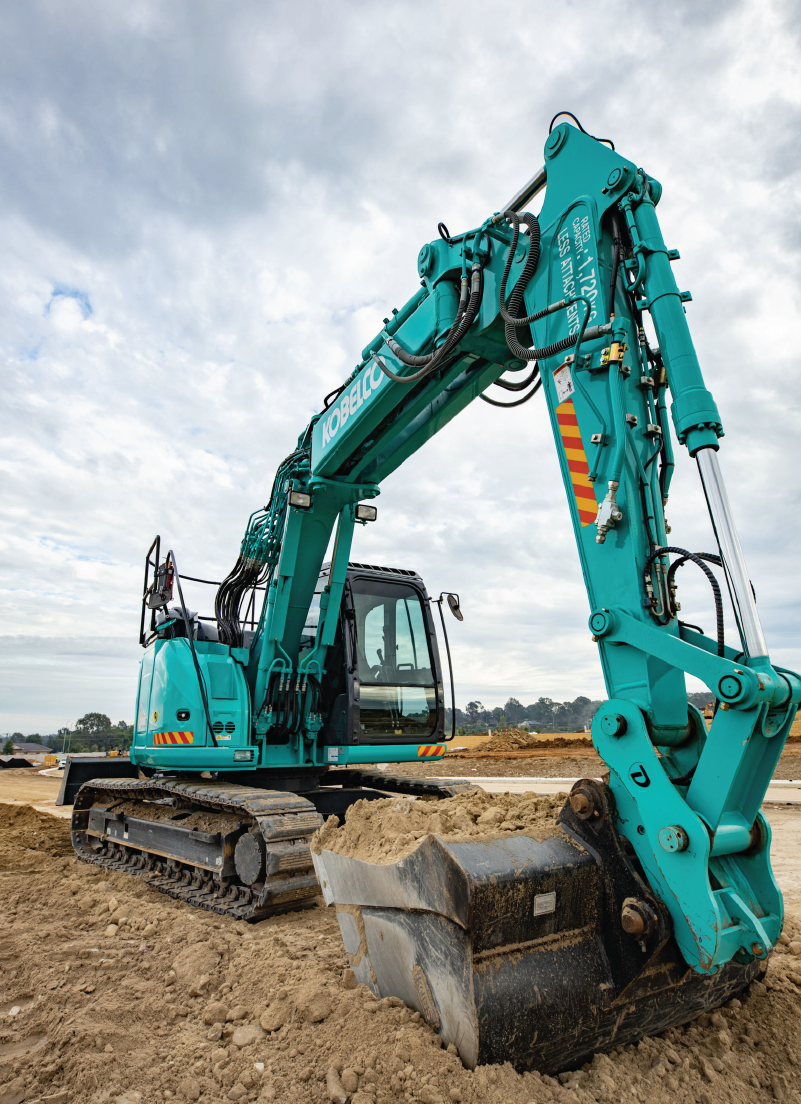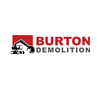In the world of construction and urban development, there's a necessary but often overlooked aspect Building demolition. While construction garners attention for its creation, demolition plays an equally crucial role in reshaping landscapes, making way for new structures, or repurposing existing ones. However, there's more to demolition than swinging wrecking balls and explosive charges. It's a meticulous process that requires careful planning, adherence to safety protocols, and sometimes even artistic finesse.

The Evolution of Demolition Techniques:
Gone are the days when demolition merely meant brute force and heavy machinery. Modern demolition techniques have evolved significantly, incorporating scientific principles, advanced technology, and environmental considerations.
Implosion: The controlled collapse of a building through strategically placed explosives is perhaps the most dramatic method. Contrary to popular belief, implosion isn't about blowing a building up but rather causing it to collapse inward on itself, minimizing damage to surrounding structures.
High Reach Excavators: These specialized machines resemble oversized robotic arms equipped with powerful shears or crushers. They allow for precise dismantling of structures piece by piece, particularly useful in urban environments where space is limited and neighboring buildings must be protected.
Selective Demolition: In scenarios where preservation or salvage is paramount, selective demolition techniques are employed. Skilled workers manually dismantle structures, salvaging valuable materials for reuse while minimizing waste.
Safety First:
Safety is paramount in demolition. Demolition sites are inherently hazardous environments, with risks ranging from structural instability to exposure to hazardous materials. Rigorous safety protocols, comprehensive risk assessments, and specialized training are essential to mitigate these dangers and ensure the well-being of workers and bystanders alike.
Environmental Considerations:
Demolition isn't just about tearing down buildings; it's also about responsibly managing the resulting debris and minimizing environmental impact. Recycling and proper disposal of materials, such as concrete, metal, and hazardous substances like asbestos, are integral to sustainable demolition practices. Additionally, dust and noise pollution must be carefully managed to mitigate their impact on surrounding communities.
The Art of Demolition:
Beyond the technical aspects, there's an artistry to demolition—a delicate balance between destruction and creation. Skilled demolitionists must navigate the complex interplay of structural integrity, gravity, and momentum to bring down buildings safely and efficiently. It's a dance of precision and timing, where every cut, every detonation, is orchestrated with care.
Conclusion:
Building demolition is a multifaceted endeavor that blends science, technology, safety, and artistry. It's about more than just tearing down structures; it's about reshaping landscapes, repurposing spaces, and laying the groundwork for new beginnings. As urban environments continue to evolve, so too will the techniques and approaches to demolition, ensuring that progress marches hand in hand with responsibility and innovation.

No comments yet